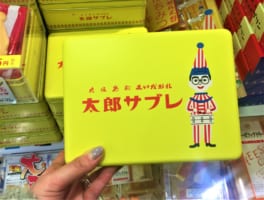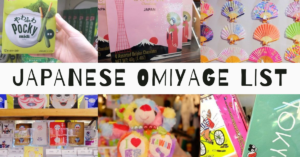10 Best Traditional Japanese Dagashi Snacks and Candies
A Flavorful Journey Through Japan's Nostalgic Dagashi Treats
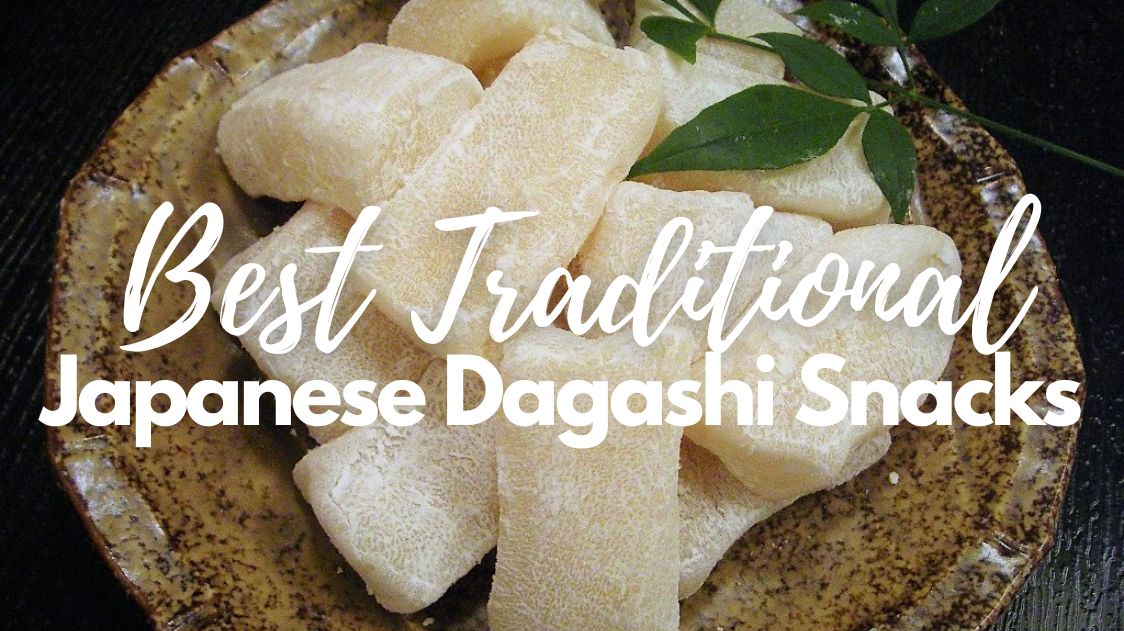
Dagashi snacks hold a special place in Japanese culture, offering affordable and accessible treats that have been enjoyed by generations. While they may appear to be simple snacks at first glance, their enduring popularity speaks to their appeal. These traditional Japanese snacks range from sweet to savory, each with its own unique flavor profile.
In this article, we’ll explore the top 10 traditional dagashi snacks that have stood the test of time. If you’re new to Japanese snacks or looking to revisit childhood favorites, this list aims to provide a well-rounded introduction to these classic treats. So, let’s delve into the world of dagashi and discover what makes these snacks so beloved!
*Please note that this article contains affiliate links.
1. Umaibo
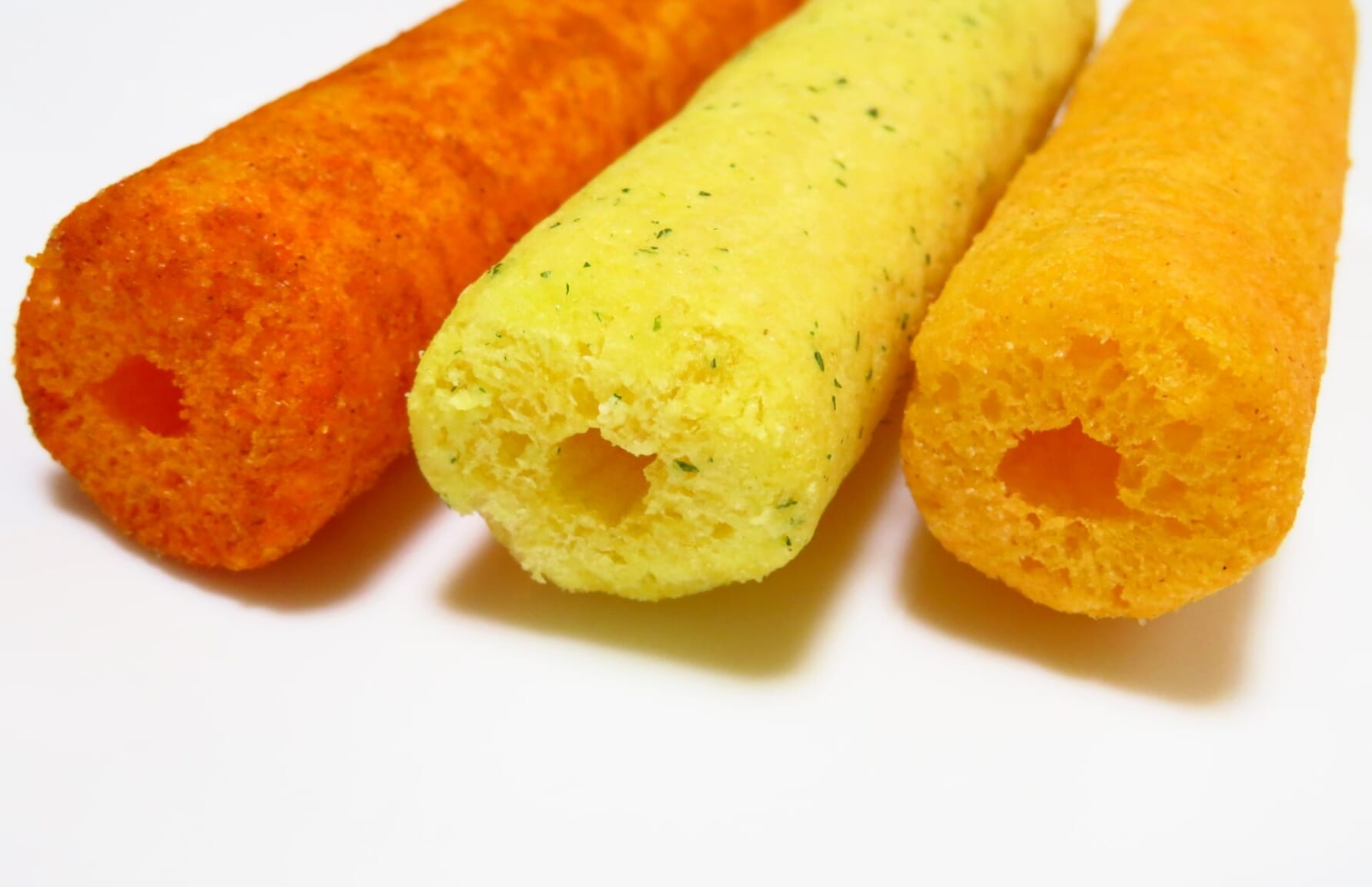
Introduced in the late 1970s, this puffed corn snack is a marvel of flavor engineering. Available in a dizzying array of flavors—from savory cheese and takoyaki to sweet chocolate and caramel—Umaibo offers a taste adventure in every cylindrical package. It’s not just a snack; it’s a cultural icon that has transcended generations, making it a must-try for anyone looking to dive into the world of traditional Japanese dagashi.
2. Kaki no Tane
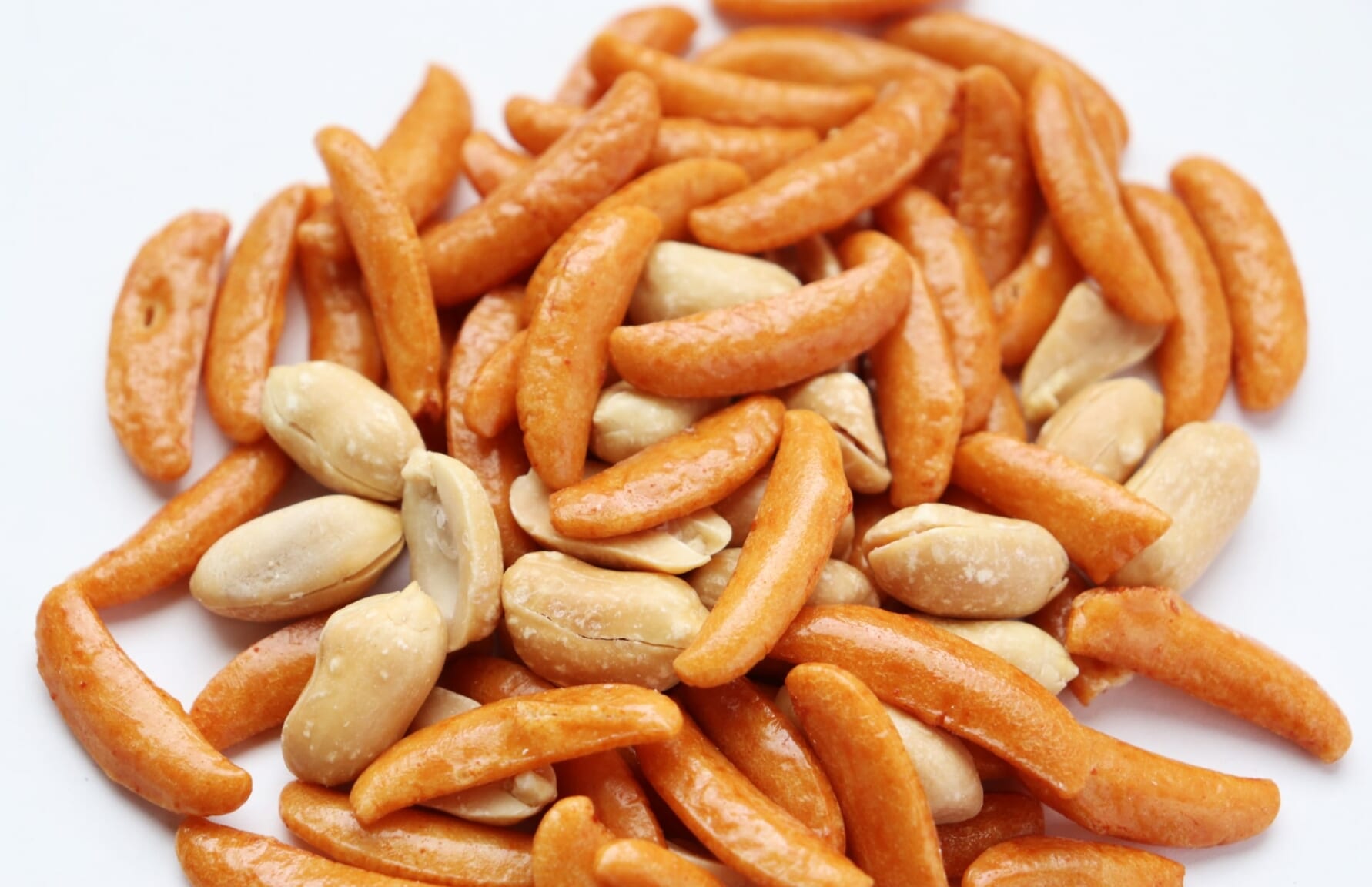
These little bites pack a punch of flavor and are a staple in Japanese households, especially during festive occasions. Originating from the Showa era, Kaki no Tane has become synonymous with social gatherings and is often paired with beer or sake. Its spicy kick and satisfying crunch make it a popular choice for those who prefer their snacks on the savory side.
▶▶Check out Kaki no Tane on Amazon!
3. Bontan Ame
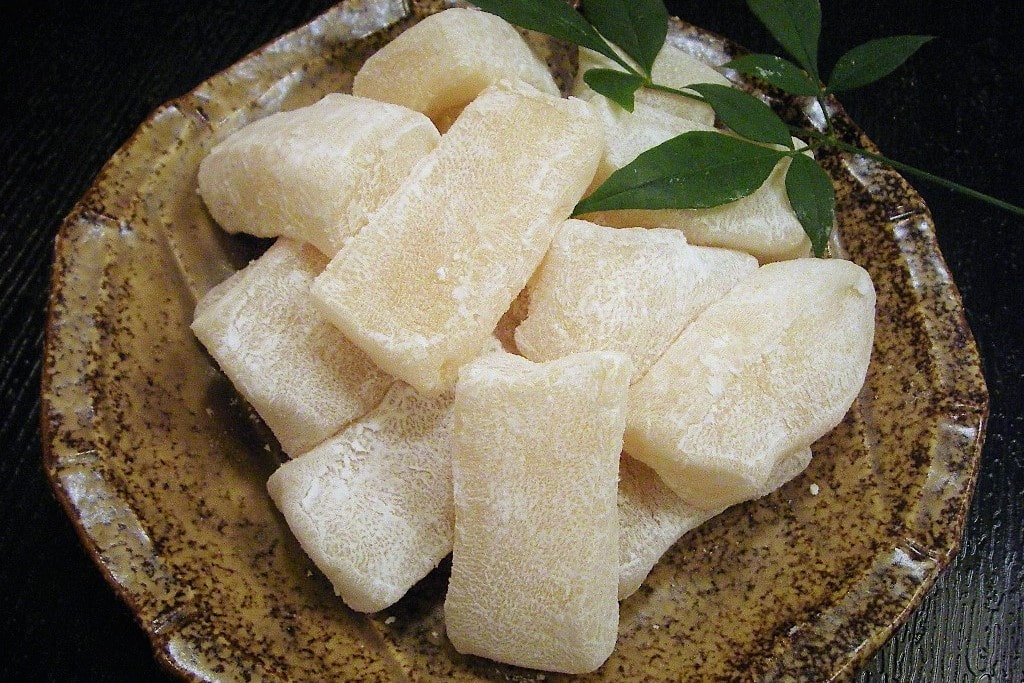
This delightful treat has been enjoyed in Japan for almost a century since its launch in 1925 and offers a unique eating experience. The candy itself is sweet and tangy, but what sets it apart is the edible rice paper that dissolves in your mouth, adding an extra layer of texture and fun. It’s like unwrapping a little gift every time you have one, making Botan Rice Candy a cherished part of Japan’s dagashi culture.
▶▶Check out Bontan Ame on Amazon!
4. Konpeito
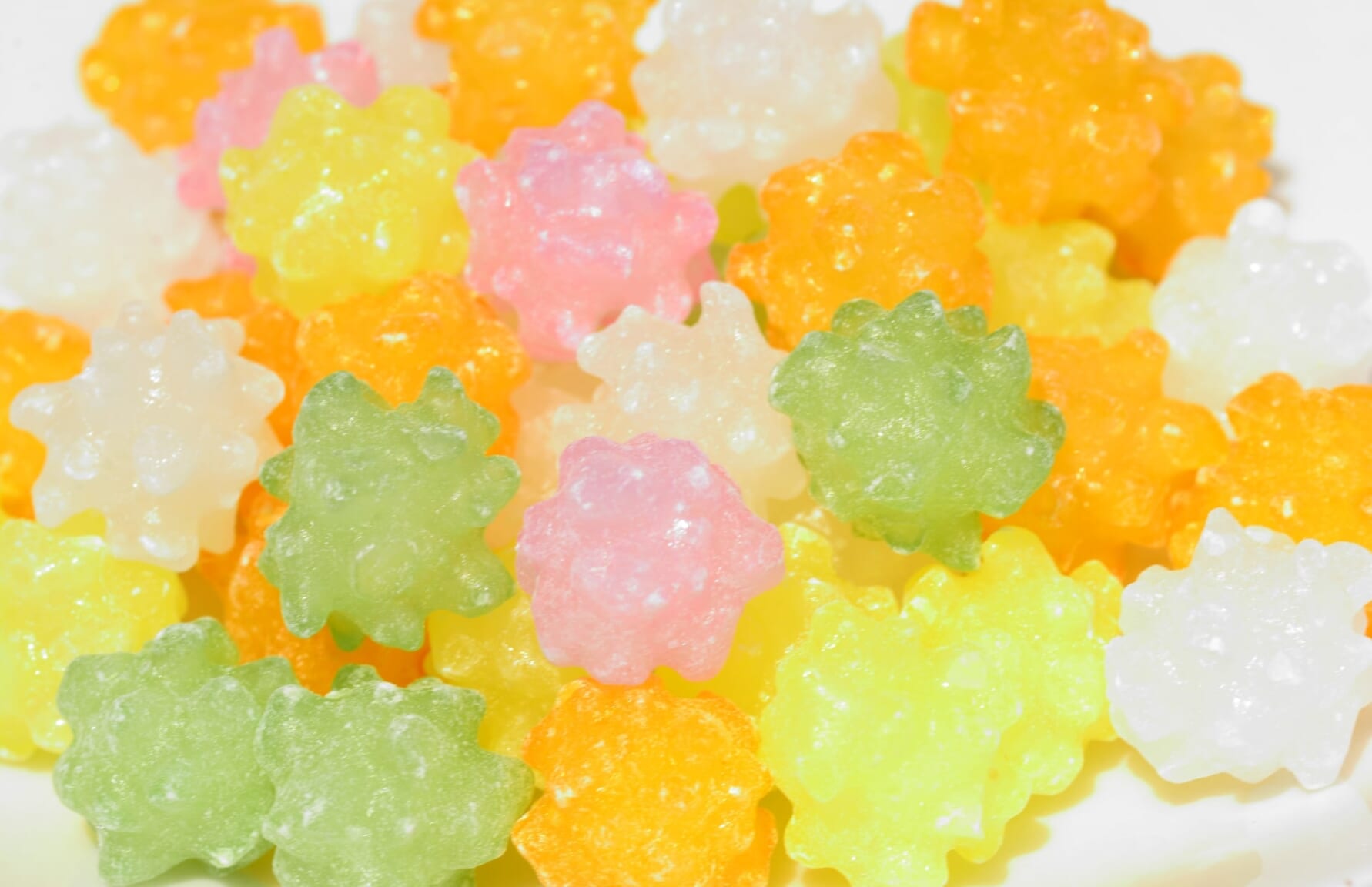
These tiny, colorful gems were originally introduced by Portuguese traders and quickly became a hit among nobles and high-ranking samurai. Eventually, production began in Japan and this cherished sweet became available to the general population. With a simple yet satisfying crunch and a sweetness that’s not overwhelming, Konpeito has been enjoyed by generations. It’s often used in traditional Japanese ceremonies and even as offerings at temples. This candy is a sweet testament to the enduring appeal of simplicity in the world of dagashi.
▶▶Check out Konpeito products on Amazon!
5. Karinto
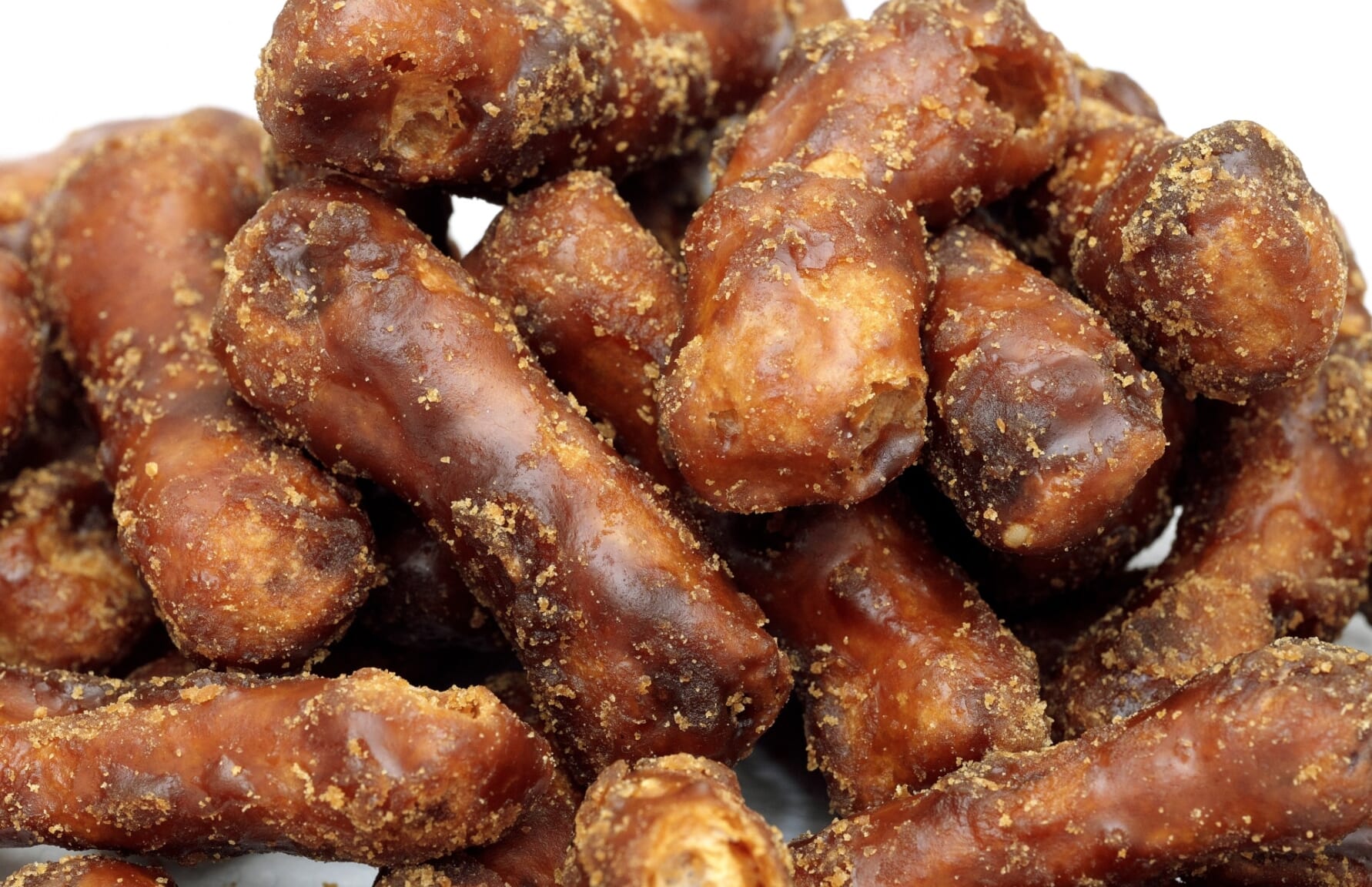
Originating from the Edo period, this snack has a rich history and is often enjoyed during traditional festivals and celebrations. The outer layer is crispy, while the inside remains soft, providing a satisfying texture that pairs well with tea or coffee. Its long shelf life also makes it a popular choice for gift-giving, embodying the essence of traditional Japanese hospitality.
▶▶ Check out Karinto products on Amazon!
6. Senbei
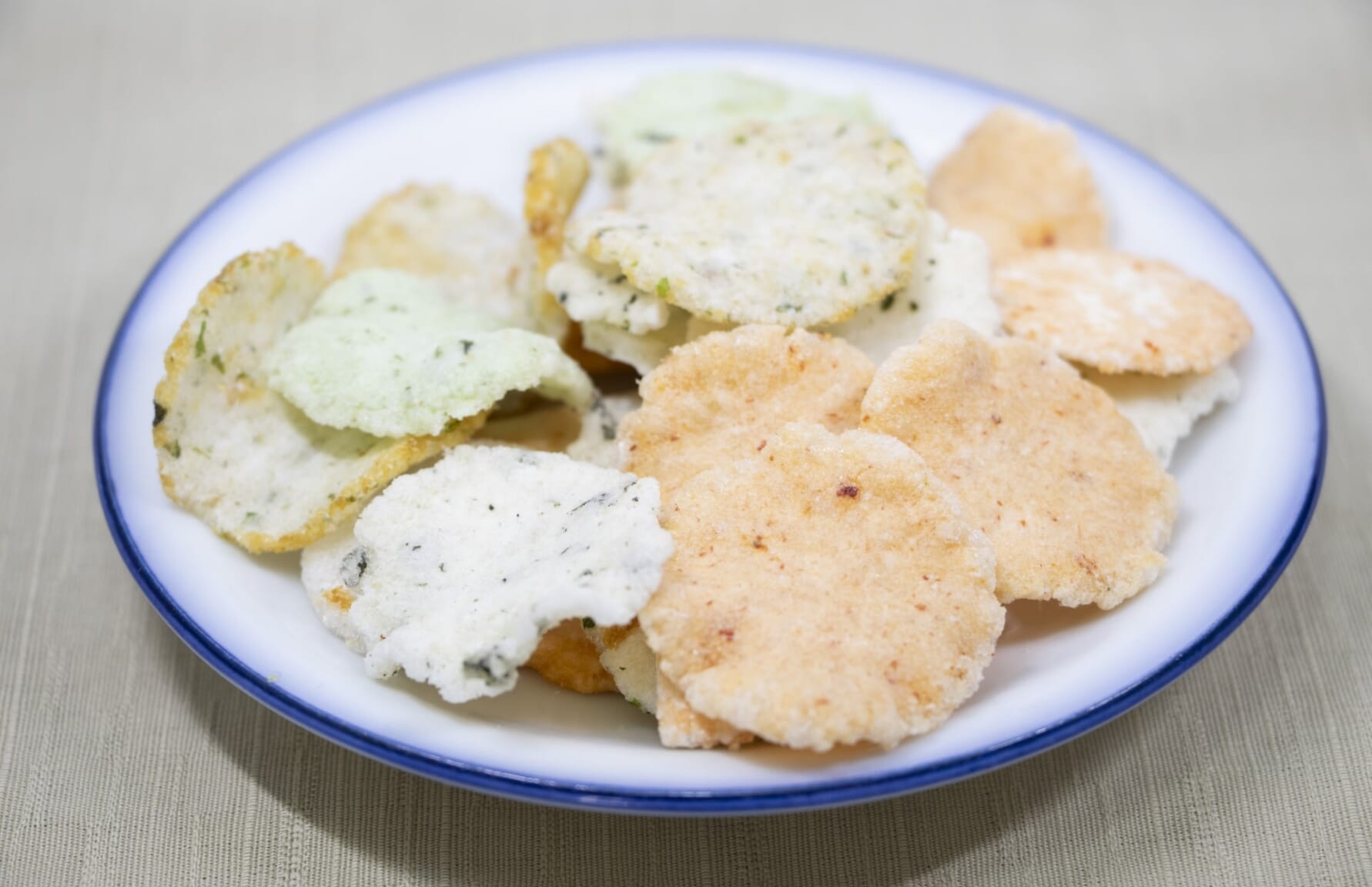
Sweet, salty, somewhere in between, cookie-sized, pea-sized, etc, Senbei are a versatile snack that can be enjoyed at any time of the day. They’re often grilled over charcoal and brushed with soy sauce, adding a layer of complexity to their flavor profile. Senbei have been a part of Japanese culture for centuries, often enjoyed with green tea and found in households and tea houses alike. Their enduring popularity makes them a quintessential part of Japan’s dagashi landscape.
▶▶Check out Senbei products on Amazon!
7. Yokan
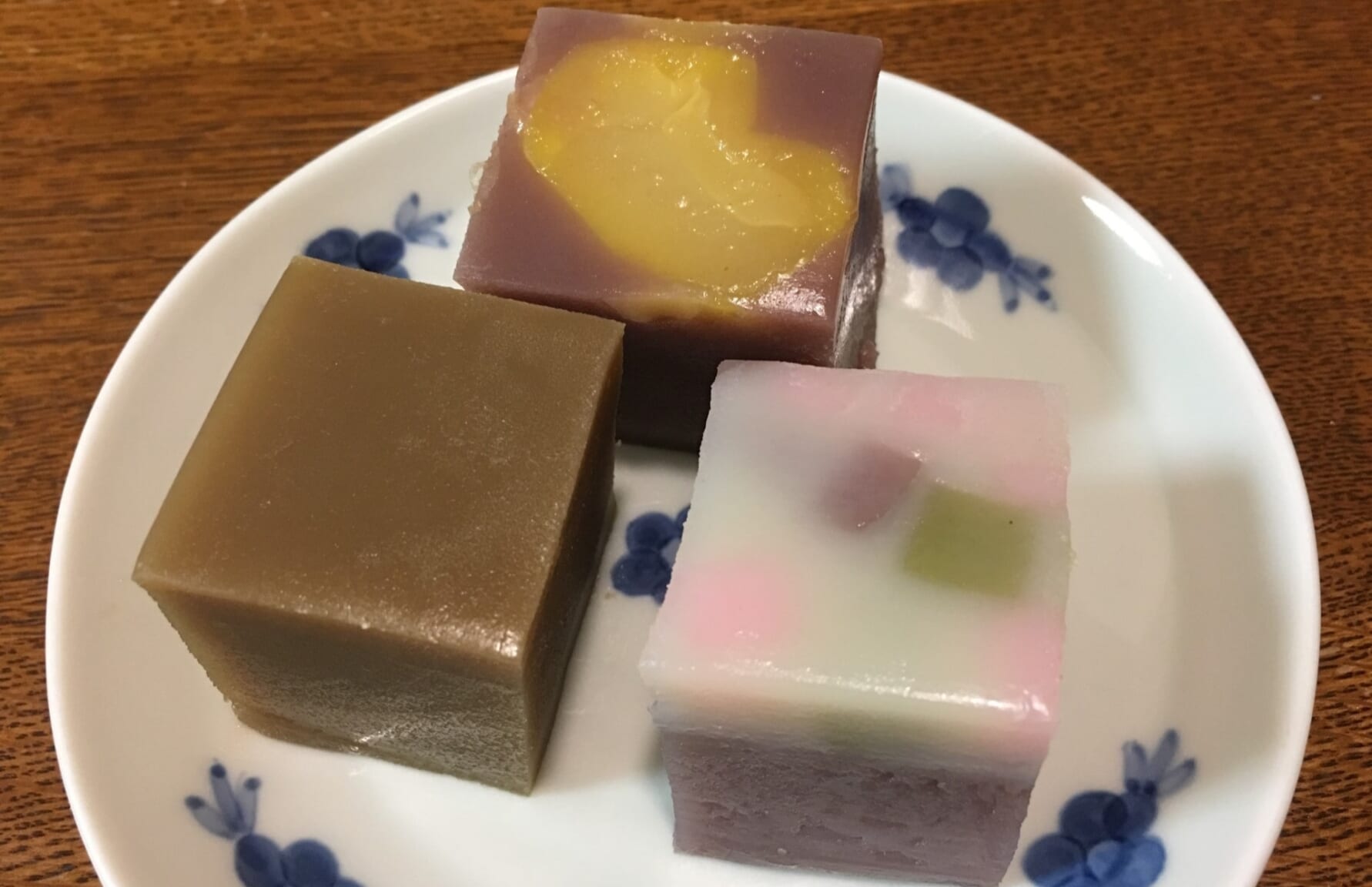
Often enjoyed with a cup of green tea, Yōkan is a staple in Japanese confectionery that has been around since the Edo period. It comes in various forms, from blocks to tubes, and sometimes includes additional ingredients like chestnuts or matcha for added flavor. Its smooth, jelly-like texture and subtly sweet taste make it a refined treat that appeals to a mature palate, embodying the essence of Japanese hospitality.
▶▶Check out Yokan products on Amazon!
8. Mizuame
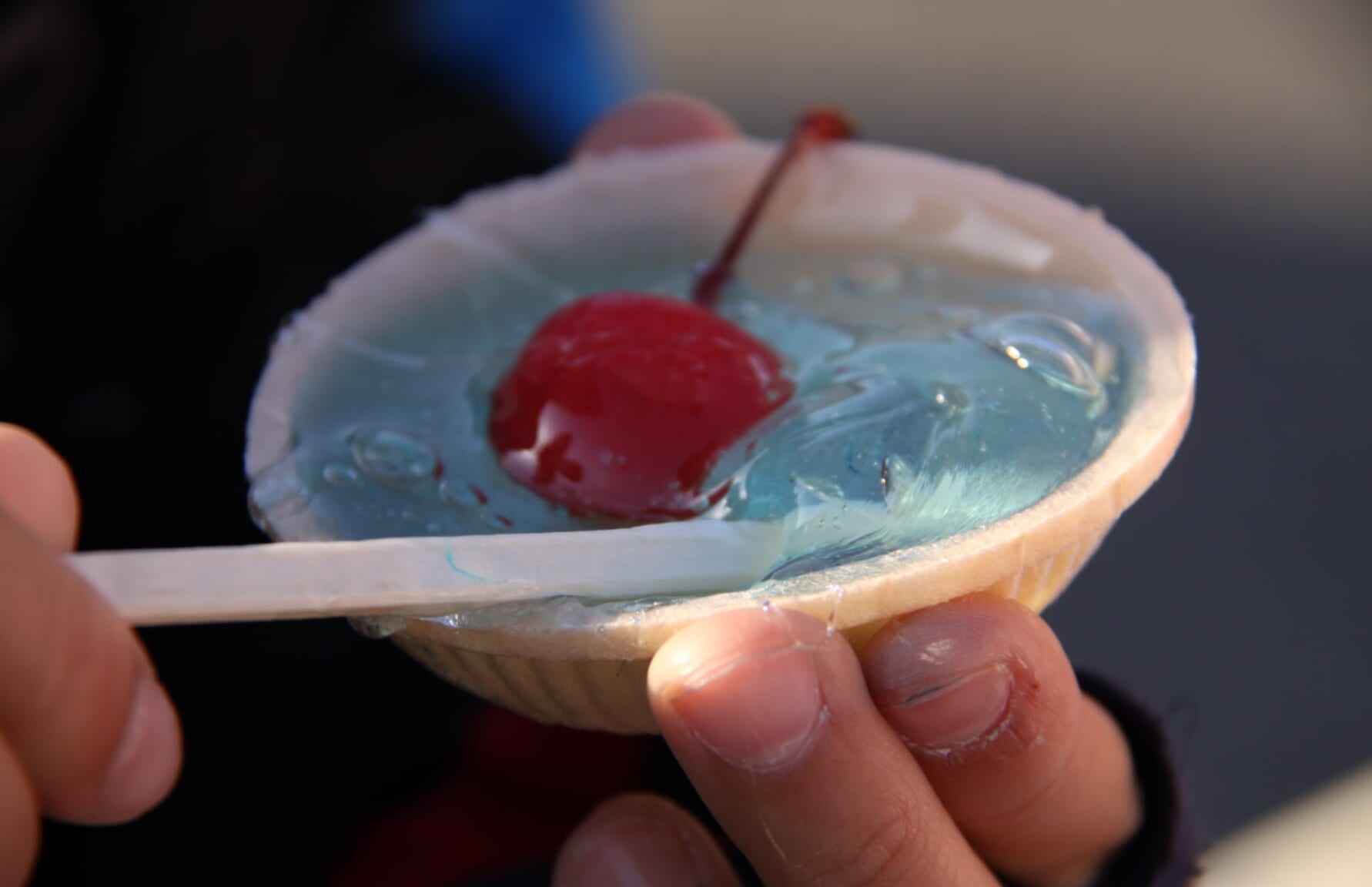
Mizuame is similar to corn syrup but offers a unique, milder sweetness. It’s commonly sold in tubes and can be drizzled over fruits or used in cooking. Its versatility and long shelf life make it a staple in Japanese households, serving as both a sweet treat and a cooking ingredient.
▶▶Check out Mizuame products on Amazon!
9. Morinaga Milk Caramel
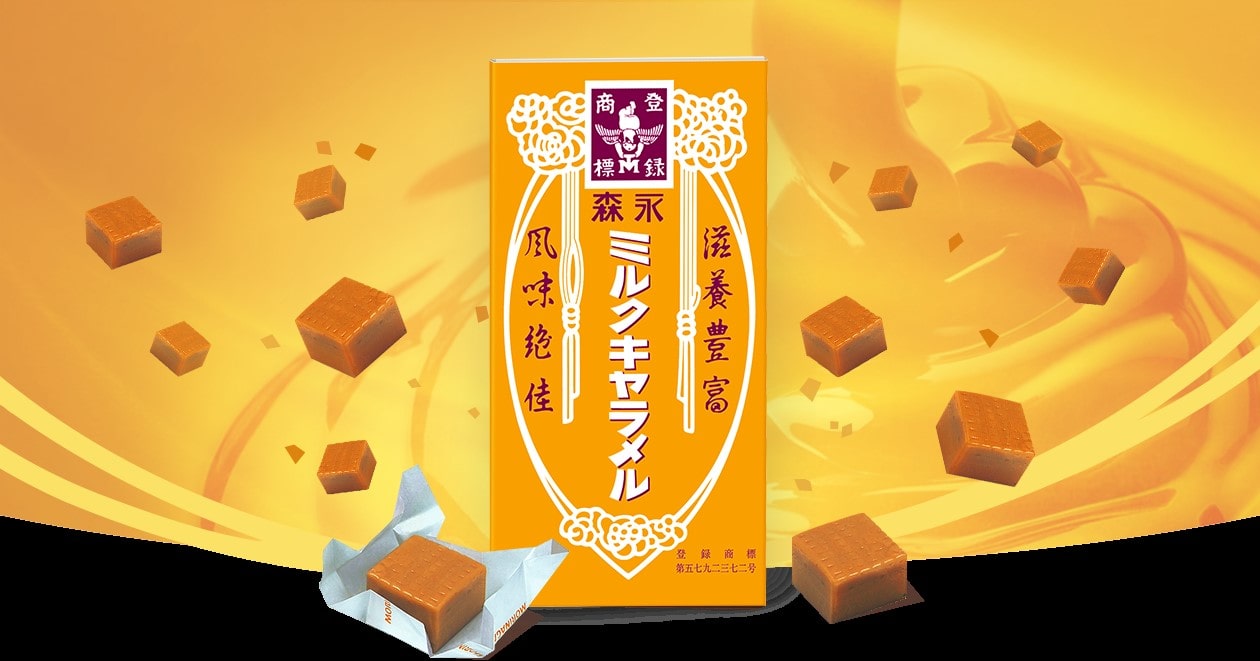
Morinaga Milk Caramel (森永ミルクキャラメル) is a square-shaped caramel treat that has been a beloved part of Japan’s dagashi culture for over a century.
Introduced in 1913 by Morinaga & Co., this caramel candy is a perfect blend of sweet and creamy, melting in your mouth with each bite. It’s often packaged in a retro-styled box, adding a touch of nostalgia to the experience. The candy has even inspired a variety of spin-off products, from ice cream to beverages, proving its enduring popularity and adaptability in the ever-changing snack landscape.
▶▶Check out Morinaga Milk Caramen on Amazon!
10. Anpan (あんぱん)
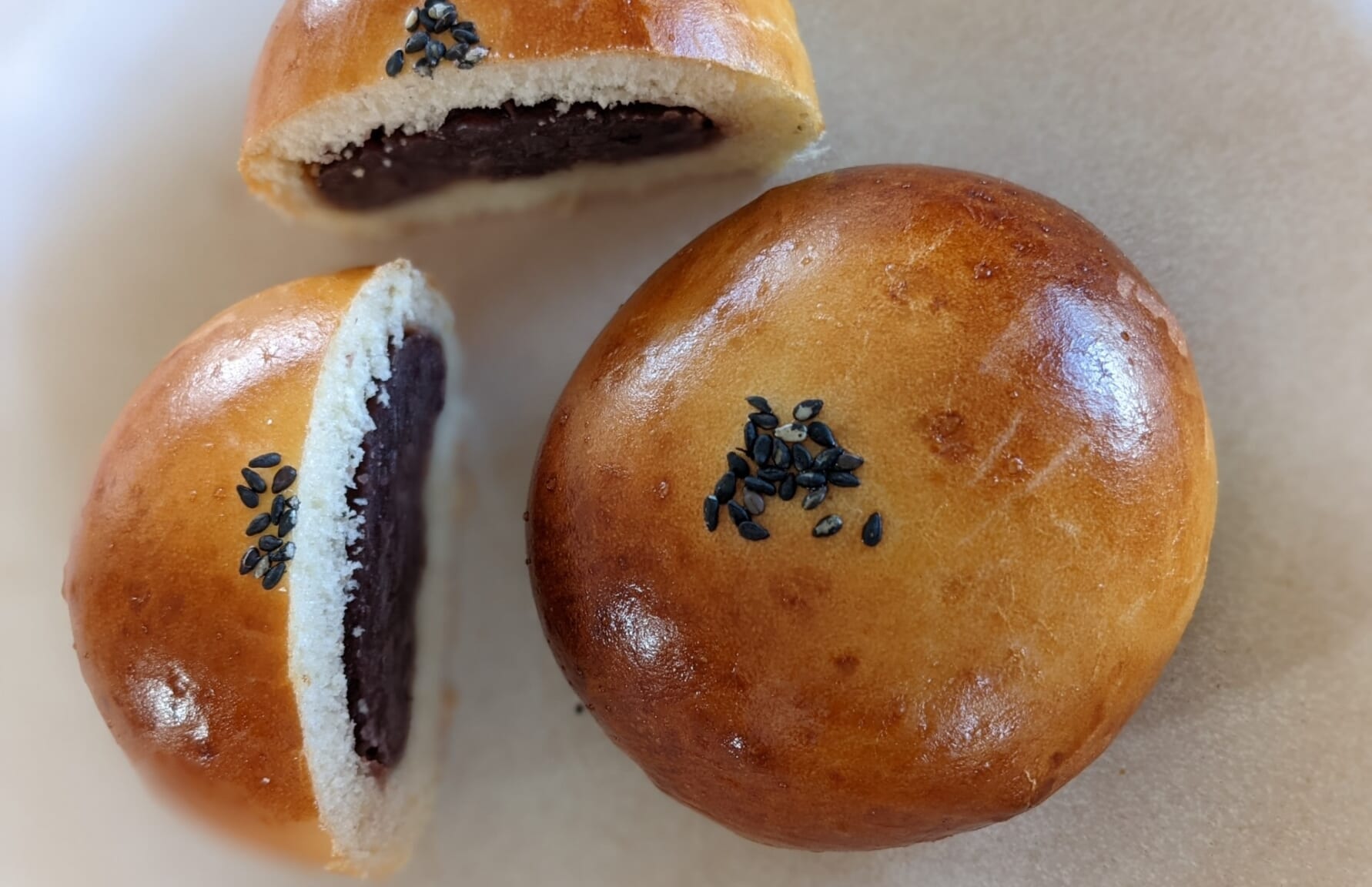
Created in the Meiji era by a samurai-turned-baker, Anpan quickly gained popularity and even received imperial endorsement. While traditionally considered a type of wagashi, its widespread availability and affordability have made it a popular dagashi item. The soft, fluffy bread complements the sweet, smooth red bean paste, creating a harmonious blend of flavors and textures that make Anpan a timeless treat.
▶▶Check out Anpan products on Amazon!
Have you tried any of these? Do you have a favorite? Exploring the different kinds of dagashi out there is like taking a trip through Japan’s culinary history. These snacks offer a unique blend of flavors and textures and tasting them all is one of the joys of discovering Japan. Happy snacking!
▽Here are more Japanese snacks▽
▶Best Japanese Chocolates Snacks to Buy
▶Best Japan’s Sweet Snack Souvenirs
▶Best Japanese Snack Box You Can Buy Anywhere
▽Subscribe to our free news magazine!▽
For more information about food and traveling in Japan, check these articles below, too!
▽Related Articles▽
▼Editor’s Picks▼
Written by
Photographer, journalist, and avid urban cyclist, making sense of Japan since 2017. I was born in Caracas and lived for 14 years in Barcelona before moving to Tokyo. Currently working towards my goal of visiting every prefecture in Japan, I hope to share with readers the everlasting joy of discovery and the neverending urge to keep exploring.










